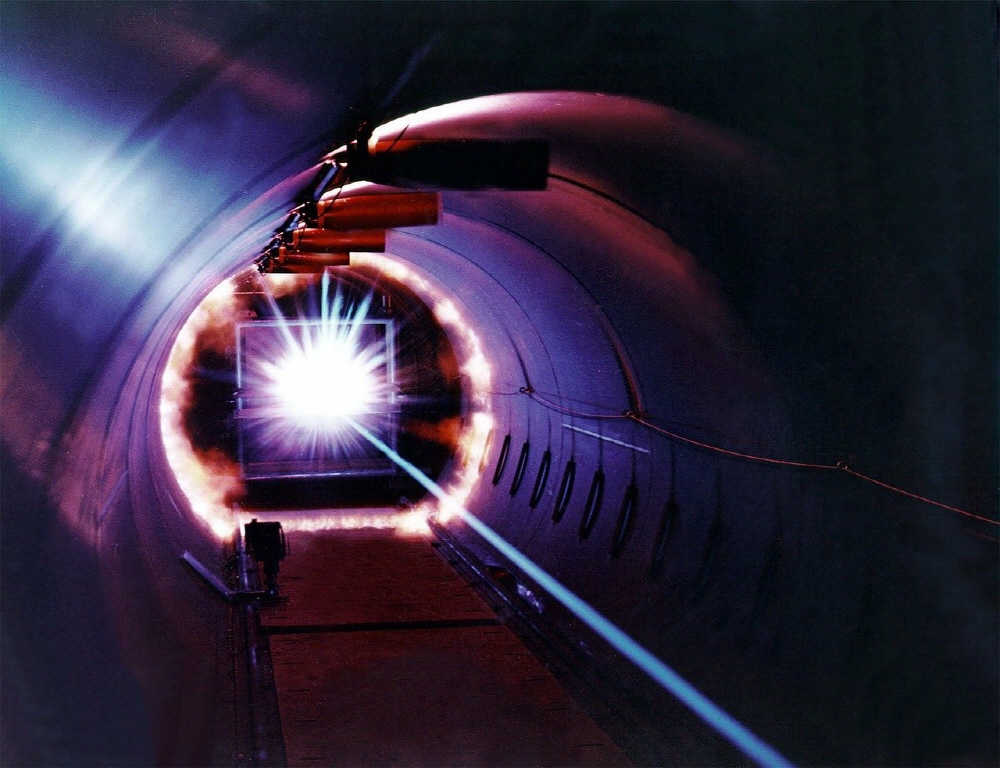
The Lawrence Livermore National Laboratory of the United States announced on August 17 (local time) that it had succeeded in generating massive energy exceeding 10 trillion watts by generating nuclear fusion using 192 lasers.
In an experiment conducted on August 8, the institute announced that it had succeeded in laser fusion, which ignites a nuclear fusion reaction by irradiating a laser on fuel granules made of deuterium and tritium. In this experiment, held at an ignition facility the size of three football fields, it was said that 192 lasers were focused in a narrow range that was only the diameter of a hair, causing a nuclear fusion reaction, generating more than 10 trillion watts of energy in 1/100 trillionth of a second.
In a statement released by the institute, the institute said that this achievement would be a historic step in the field of inertial fusion research. What is important in this announcement is that we are one step closer to achieving ignition that leads to sustainable nuclear fusion safety. The institute explained that ignition is a fusion turning point where the heat generated from nuclear fusion exceeds a certain heat loss.
In this experiment, a tremendous amount of energy of 1.3 megajoules was generated, but since large energy such as laser irradiation was used, net energy production is said to be close to zero. However, the fact that the fuel pellets were able to generate more than five times the energy absorbed by nuclear fusion energy is an important point in realizing the ignition required for practical use as commercial energy for nuclear fusion.
Details of the experimental results will be presented in a thesis in the future, but in the initial preliminary analysis, promising data can be obtained, such as 8 times the energy efficiency of the experiment conducted in the spring of 2021 and 25 times the energy efficiency of the experiment conducted in 2018. do. Related information can be found here.

